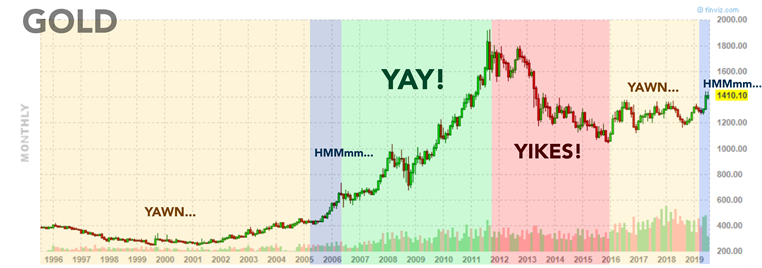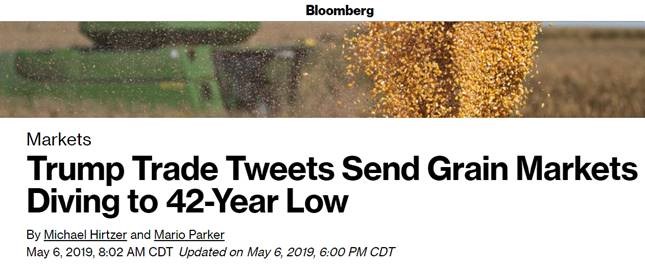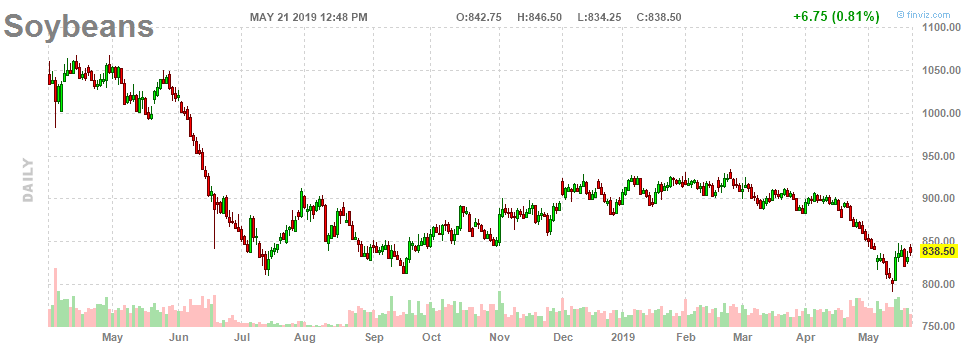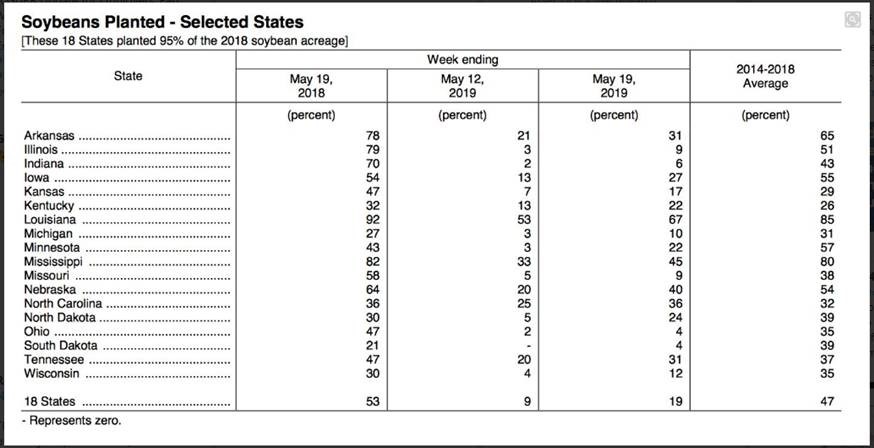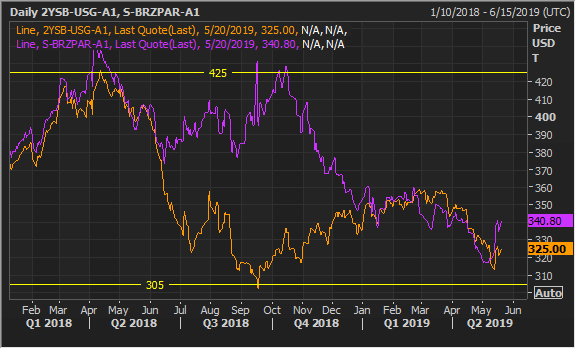The Futures Market Recovers Late in the Week as Confusion Over the Supply Picture Grew
There is already tension in the market from the slowdown in logging caused by the higher price levels. Any additional supply constraints will add to the nervousness. The futures market bottomed by midweek as the confusion in logging grew. We saw that last week as supply worries stopped the selling and caused short covering.
Another reason for the less selling came when futures neared par with cash. That brought in scaled-down buying, which sent the algo and its selling to the sidelines.
Market Focus on Price, Premiums and Discounts
We are starting to see a market return focusing on price and whether it carries a premium or discount. Once futures neared par, there was an uptick in forwarding pricing, and there was a $100 basis, selling showed up. This is how the market is designed to trade but has been missing for a few years.
The difference now is what once took a whole cycle to change; it can now do it in a few sessions. No one is prepared for that. The fact is, about the time you prep your forward pricing sheets, the opportunity goes away, and a basis opportunity appears. Once the industry gets in sync with the quick cycles, the more they will participate.
Is the Market at Equilibrium?
There are many factors, with the timing of the year being the greatest. The elephant in the room is the question of whether we are at equilibrium. If we are, the sell cycles could be greater than the buy cycles. The cash market hasn’t seen a push of sales in a while.
Today with the market being fluid, a mill dropping prices creates a giant sucking sound. The $550 reports this week hurt. If cash is flat early next week, the $550 might be $540. It’s not a lot of cars but it will keep the buyers in the weeds.
Let’s Get Technical
January is building a trading range of $600 to $700. Given the history of carrying a premium to cash, it is correlating well with the cash market. The oscillators are slightly positive, and the market is in the neutral area for momentum. All in the market is going to stay in the grind higher mode with intermitted swings. Those are opportunities.
Weekly Round-Up
We go into the week with a flat market that has an upward bias. There are more plans in place for both basis trades and forward pricing if it fits. The way futures have been trading; both may get a shot again this week. What we are looking for is more fundamental reasons to keep in place the upward bias. Two more months of fewer shipments from Canada and Europe should be enough to clean up the issues still out there.
The closer the market gets to ridding itself of those issues, the harder it will become to buy the market. It will be typical. We keep mentioning a flat market because we lost open interest again as November liquidated, most being the spec long side of the market. That added push has brought the market back to neutral and allowed the algo back in the game. The market will not create much open interest in a bear cycle. Open interest will grow when the market is positive and rallying.
Open Interest
Section23_Lumber_Options.pdf (cmegroup.com)
About The Leonard Report
The Leonard Lumber Report is a new column that focuses on the lumber futures market’s highs and lows and everything else in between. Our very own, Brian Leonard, risk analyst, will provide weekly commentary on the industry’s wood product sectors.
Before You Go…
We’re getting out of the field and onto the mic to bring you weekly market updates, commentary from commodity experts, and monthly interviews with the biggest names in agribusiness. Check out the latest episode of The Hedged Edge here:


